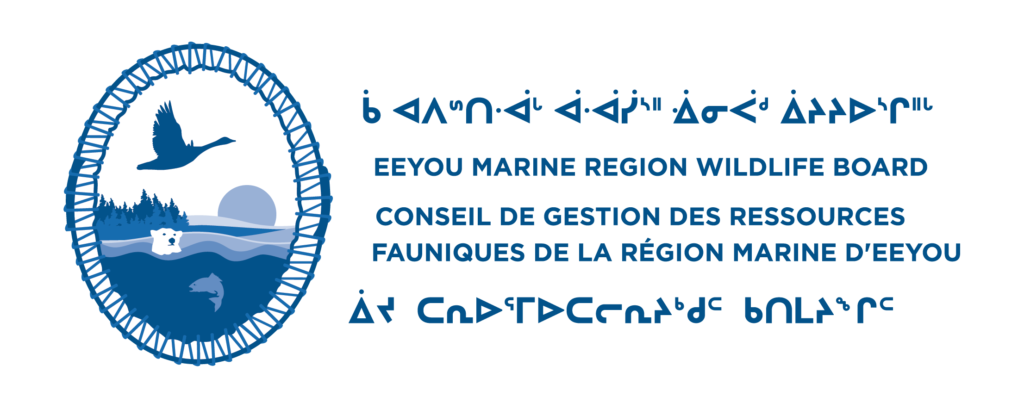Hudson Bay Change – Arctic Marine Ecosystem Resilience and Resistance to Environmental Changes
PROJECT LEADS: Kimberly Howland (DFO), Erinn Ipsen (DFO)
DURATION: 2020-2021
This project will extend knowledge on Arctic coastal environments by developing a framework to project future changes with a focus on key commercial, subsistence, and high-risk invasive species. The project is focused in the Hudson Bay Complex (HBC), one of the most rapidly warming regions of the Arctic and subject to the expansion of mining production/shipping and the re-opening of a major port in Churchill, MB. Results will also contribute to planned re-evaluation of Ecologically and Biologically Significant Areas and Species (EBSAS) for the HBC. This work will involve collection of comprehensive ecosystem data across the HBC region and include Indigenous, community-based sampling, using successful community-led ecosystem monitoring approaches that have been developed for tracking changes in Arctic coastal diversity. This will be complemented with environmental niche modeling of current and future climate scenarios to predict how suitable habitat for species of interest may change, and with standardized experimental methods to test the response of key species to environmental stressors, such as temperature and salinity. Experimental findings and community-led monitoring will provide the basis for evaluating the impacts of environmental stressors and invasive species, and operational decision-making regarding industrial development and protected areas initiatives. The project has four main objectives:
1) Add to environmental baseline information to gain a comprehensive understanding of near-shore marine community composition, species interactions, physiology, and environmental conditions in the HBC.
2) Develop an understanding of the stress physiology of organisms found at different trophic levels and different levels of biological organization (e.g. aquatic plants, amphipods, clams, and fish) to serve as indicators of resistance and resilience towards environmental change in the HBC.
3) Develop ecological niche models for various species for the HBC by: a) using information on current environmental conditions regulating species distributions and b) by projecting future distributions of HBC species and ecosystem impacts based on climate change projections.
4) Involve community members in project planning and data collection, encourage dialogue regarding community concerns and observations, and incorporate traditional knowledge in meeting the research objectives for improved delivery of the project.
